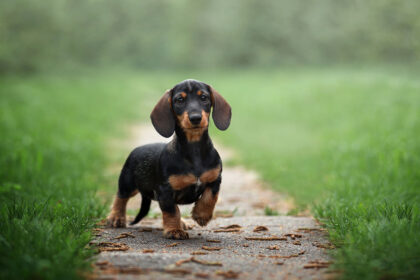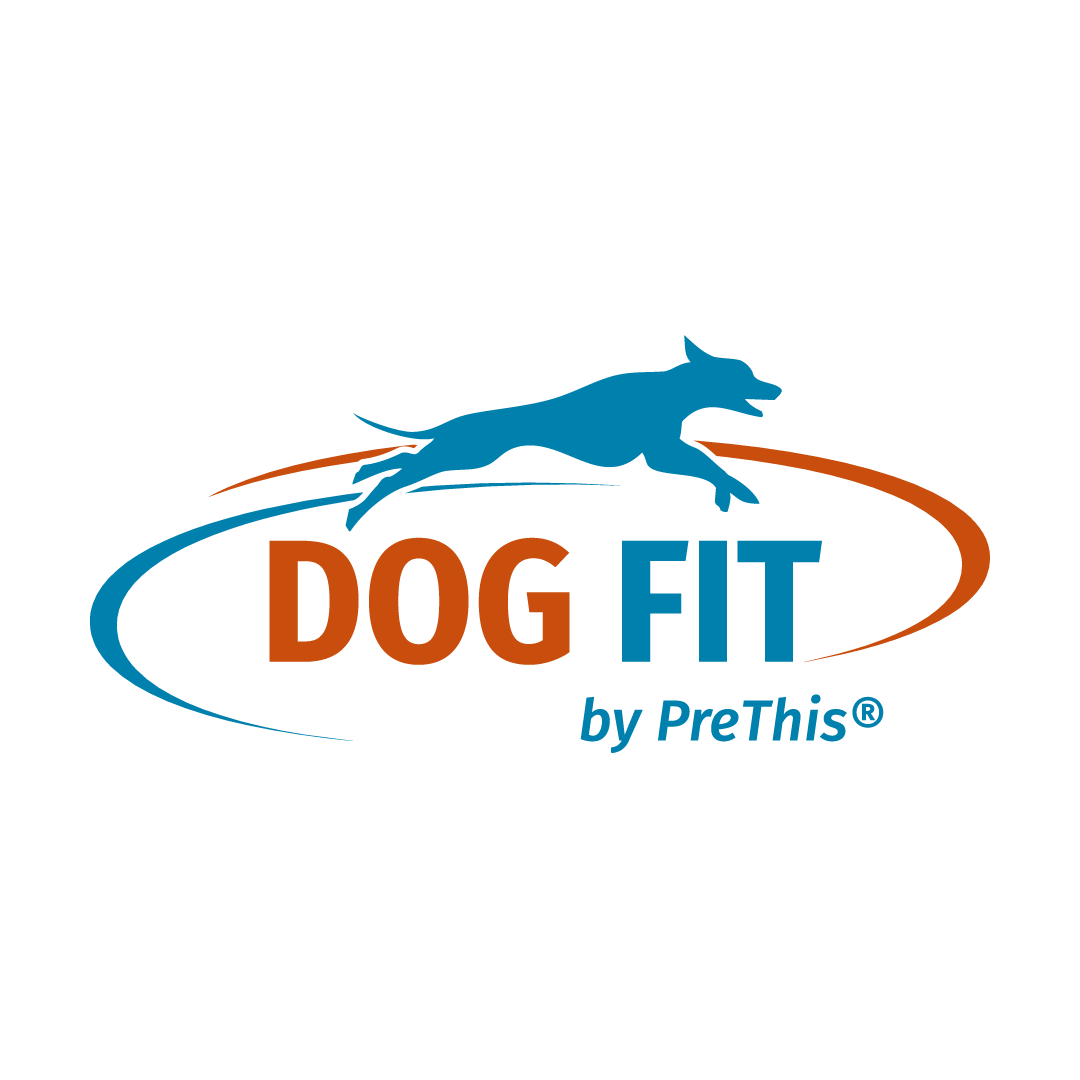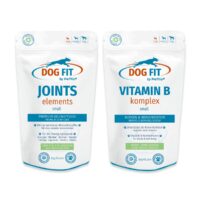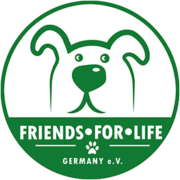
What is Radius Curvus Syndrome?
Radius Curvus Syndrome (also known as Short Ulna Syndrome or Carpus Valgus) is a growth disorder of the forelegs in which the radius and ulna grow at different rates. This can lead to a visible curvature of the forelegs, resulting in a deformity. This can significantly alter the load on the joints, especially in growing dogs.
Possible Causes
The main cause is premature atrophy or disruption of the growth plate, usually the ulna. This can be genetic, caused by trauma, or by unbalanced feeding during growth. Breed-specific predispositions also play a role, especially in dogs with rapid growth or special anatomical characteristics.
Typical Symptoms
The symptoms of radius-curvus syndrome can vary depending on the severity, but typically include:
- Crooked, asymmetrical forelegs
- Irregular gait or lameness
- Pain during exercise
- Abnormal joint position in the forefoot area
Depending on the severity, the gait can be significantly impaired. As the condition progresses, secondary joint changes or compensatory stress on other structures may occur.
Affected Breeds
Large or fast-growing breeds such as Great Danes, Labradors, Golden Retrievers, Bernese Mountain Dogs, Rottweilers, or Mastiffs are particularly affected. However, smaller breeds such as Basset Hounds or Dachshunds can also be affected. In these breeds, breeding traits can contribute to the malposition.
Diagnosis and Course
Diagnosis is usually made through an orthopedic examination and imaging techniques such as X-rays. The course depends on the severity of the malposition, the time of diagnosis, and the measures taken. In milder cases, adapted exercise and targeted feeding are often sufficient. Severe cases sometimes require surgical intervention.
Further Tips for Everyday Life
Especially in young dogs with unusual gait or deformities, it is important to keep a close eye on their development. Non-slip surfaces, joint-friendly exercise and a balanced diet appropriate for the child’s age can help to support growth positively. Regular check-ups with your veterinarian are also advisable so that early intervention can be made if misalignments become more severe.

The content of the articles is for general information purposes only and does not replace diagnosis or treatment by a veterinarian. Reviews or testimonials are individual reports from verified customers. This information does not constitute medical advice and should not be understood as such.
Our daily inspiration comes from the special moments with our dogs. Here we share this enthusiasm and invite you to become part of the DOG FIT community on our social media channels.



Leave a Reply